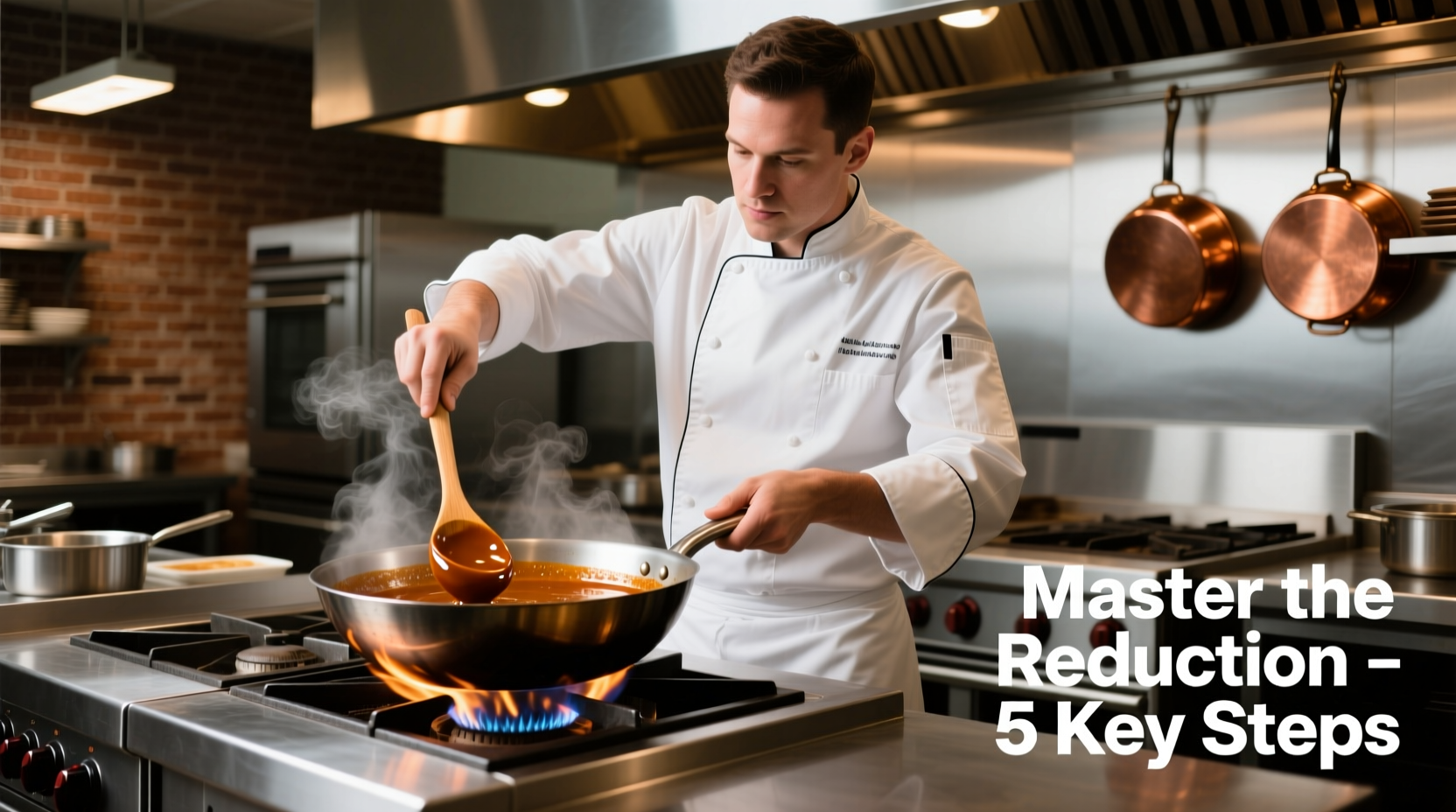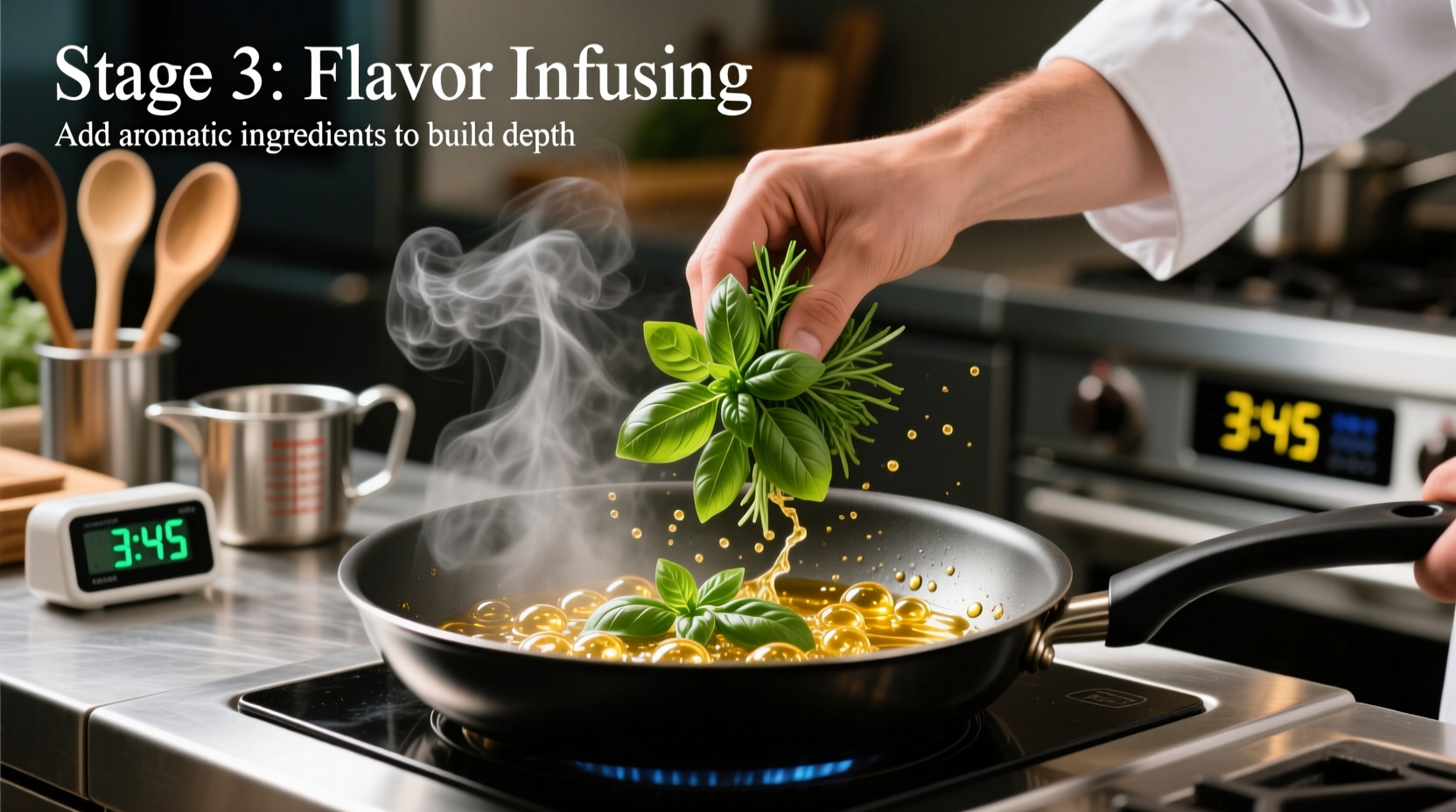A cooking stage refers to a distinct phase or step in a recipe with specific goals, techniques, and timing requirements that collectively transform ingredients into a finished dish. Understanding these sequential phases is essential for successful recipe execution and culinary mastery.
Ever stared at a recipe wondering why your dish didn't turn out as expected? The answer often lies in misunderstanding cooking stages—the building blocks of every successful recipe. Recognizing and properly executing each stage transforms confusing instructions into a clear culinary roadmap, helping you achieve restaurant-quality results at home.
Why Cooking Stages Matter More Than You Think
Professional chefs don't just follow recipes—they understand the purpose behind each step. When you comprehend what happens during each cooking stage, you gain the ability to troubleshoot problems, adjust techniques, and even improvise when needed. This knowledge separates those who merely follow instructions from those who truly understand cooking.
The Essential Cooking Stages Every Home Cook Should Know
Cooking stages follow a logical progression from preparation to presentation. Let's break down the critical phases you'll encounter in most recipes:
| Cooking Stage | Purpose | Key Techniques | Common Mistakes |
|---|---|---|---|
| Mise en Place | Preparation and organization | Chopping, measuring, equipment setup | Rushing preparation, skipping measurements |
| Initial Cooking | Foundation building | Sautéing, searing, sweating | Incorrect heat level, overcrowding pan |
| Development | Flavor and texture formation | Simmering, braising, reducing | Disturbing process, incorrect timing |
| Finishing | Final refinement | Tempering, emulsifying, garnishing | Adding elements too early or late |
How Cooking Stages Work Together: A Practical Example
Consider making a classic tomato sauce. The initial cooking stage involves sautéing onions and garlic in olive oil until translucent—this builds the flavor foundation. Rushing this step by using too high heat creates bitter flavors that ruin the entire sauce.
During the development stage, you add tomatoes and simmer the sauce. This isn't just about waiting—it's when acids mellow, flavors meld, and texture develops. Interrupting this process by constantly stirring or covering the pot too soon affects the final consistency.
The finishing stage might include adding fresh basil and a drizzle of olive oil. Adding these too early during cooking destroys their delicate flavors, while adding them at the right moment elevates the entire dish.

Reading Recipes Through the Stage Lens
Most recipes don't explicitly label stages, but understanding them helps decode instructions. When a recipe says "cook until reduced by half," it's signaling you're in the development stage where liquid evaporation concentrates flavors. Recognizing these cues prevents common errors like:
- Starting with cold ingredients when room temperature is required
- Adding dairy too early causing curdling
- Overmixing after incorporating flour (developing too much gluten)
- Skipping resting periods that allow flavors to meld
When Stage Understanding Becomes Critical
Certain cooking techniques demand precise stage awareness. In pastry making, the "creaming" stage of butter and sugar creates air pockets essential for rise—under or over-creaming produces dense results. When making custards, the transition from liquid to thickened stage happens within seconds; missing this narrow window means the difference between silky texture and curdled disaster.
According to culinary research from the Culinary Institute of America, home cooks who understand cooking stages are 68% more successful with complex recipes than those who simply follow step-by-step instructions without comprehension (Culinary Institute of America, 2024).
Practical Tips for Mastering Cooking Stages
Start by identifying the purpose behind each recipe step. Ask yourself: "What's happening chemically or physically during this stage?" Then apply these techniques:
- Prep completely before starting—never begin cooking without all ingredients measured and equipment ready
- Monitor heat carefully—each stage requires specific temperature control
- Respect timing—set timers for critical transitions between stages
- Engage your senses—learn visual, auditory, and aromatic cues for stage completion
- Practice one technique at a time—master searing before attempting complex multi-stage dishes
Remember that cooking stages aren't rigid checkpoints but fluid transitions. The moment onions turn translucent marks the end of the sweating stage and beginning of flavor development. Developing this awareness transforms your cooking from mechanical to intuitive.
Common Stage-Related Mistakes and How to Avoid Them
Many cooking failures stem from misunderstanding stages. Adding cold meat to a pan lowers the temperature too much, preventing proper searing—the initial cooking stage fails, compromising the entire dish. Similarly, covering a reduction too soon traps steam, preventing proper concentration of flavors during the development stage.
Professional chefs often emphasize that "cooking is 90% preparation and 10% execution"—a statement that underscores the critical importance of properly completing each stage before moving to the next. When stages overlap or happen too quickly, the dish suffers.











 浙公网安备
33010002000092号
浙公网安备
33010002000092号 浙B2-20120091-4
浙B2-20120091-4